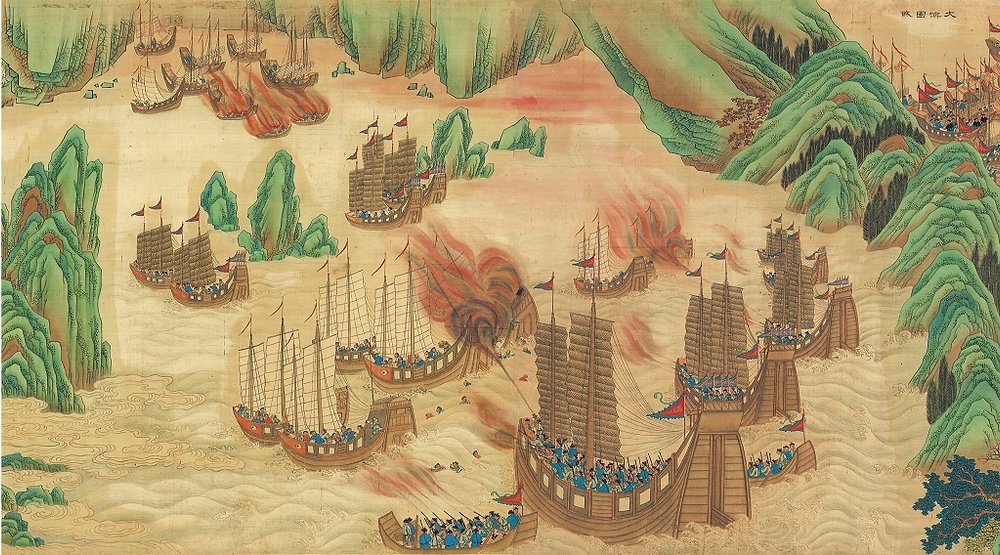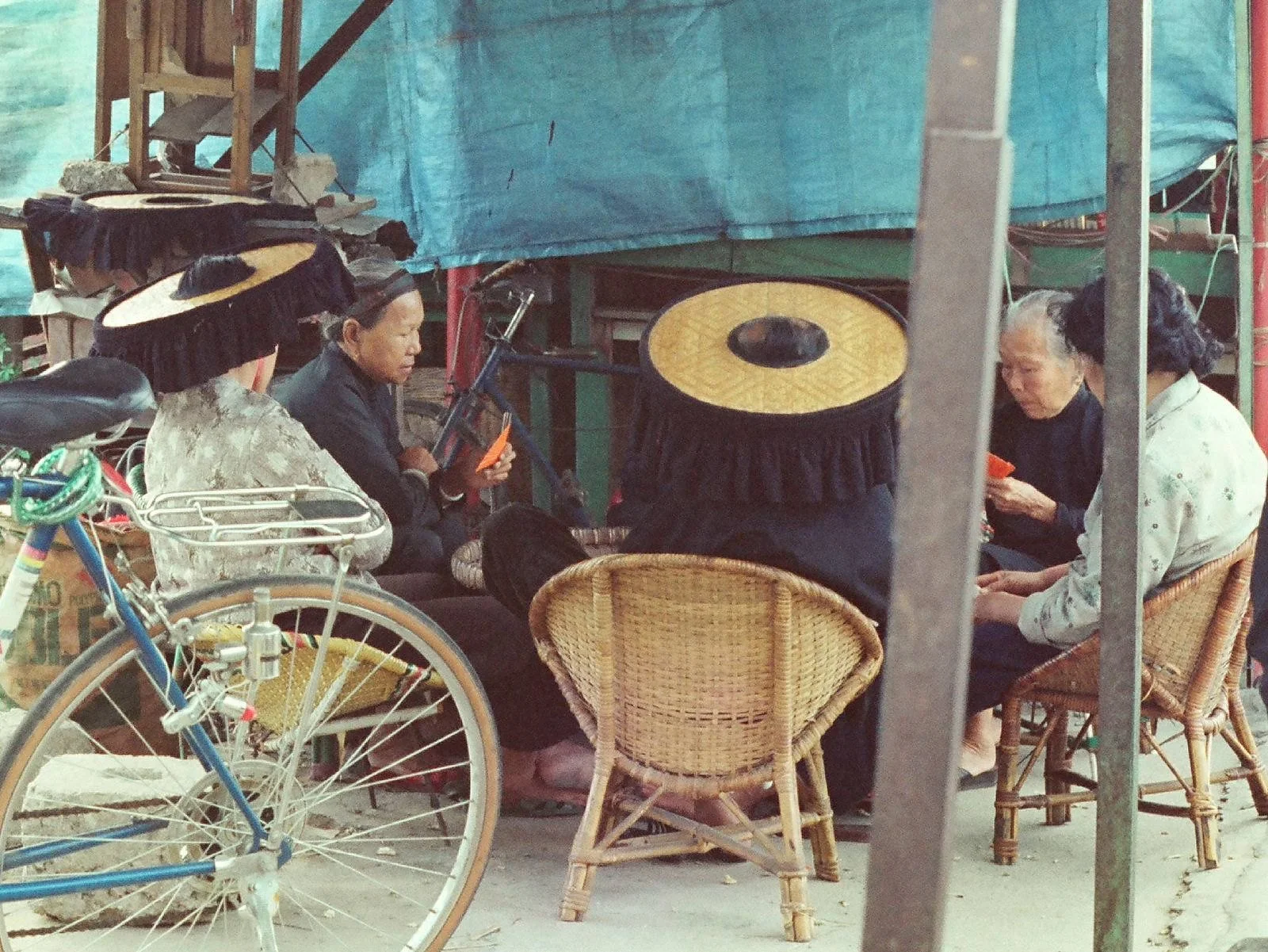
Old Melodies in a New World
When the waves go quiet and the hills forget, can we preserve indigenous folksong in a changing Hong Kong?
Keira Luk
If you tried to Shazam this song, all you’d receive is "Song not found. Try again?" This traditional mountain tune, sung across generations in the walled villages of Hong Kong, is known by only a handful of surviving elders. With the rise of Cantonese as the common language in the bustling city of Hong Kong, dialects such as Wai Tau Wa – the language spoken in these walled villages – are being lost to the ever-changing times.
This is a story about songs, and the people that sing them – a story about a vanishing way of life amongst Hong Kong’s indigenous communities, and cultural traditions that risk being lost forever.

Modern depictions of Hong Kong are often limited to its metropolitan landscape, but the real story – the one of its roots – lies far away from the skyscrapers and neon lights. It is a story that begs to be heard over the noise of the city, sails along the coast and crests the mountains of the rural New Territories…

If you were to stand in the New Territories two thousand years ago, you would be surrounded by salt air and the chanting of fishermen's songs. Tiny fishing boats out at sea and stilt houses anchored in the water were occupied by an indigenous group with mysterious origins: the Sui Seung Yan.
Considered ethnically distinct from the Han people, the Sui Seung Yan descended from aboriginal inhabitants of the southern China coast, occupying the area since prehistoric times.
However, due to this difference in heritage, the Sui Seung Yan have faced a long history of discrimination and displacement from the land-dwelling Han – who began to colonize the southern coastline during the Qin dynasty (221-207 BC) – further marginalizing them and forcing them to coastal areas and even offshore. This prejudice directed towards them extended even to their traditional label as ‘Tanka’, or ‘boat people’ – now considered a slur by many of the Sui Seung Yan.


While land-dwellers may have used maps to traverse the South China Sea, the Sui Seung Yan used their Voyage Songs. As you pass fishermen, you might hear distant melodies with lyrics used to navigate the waters and identify danger.
Cruising by the 'Ge Tang' boats, you might float by a different set of songs – Sigh Songs. Sung at weddings by the bride and her family, Sigh Songs are usually a form of farewell, and can also be sung at funerals at all-night vigils. For thousands of years, the daily life of the Sui Seung Yan has been as interwoven with folksong as it is with the sea.

Archives showing the layout of the New Territories would show little change as you shuffle through – at least for hundreds of years until new waves of Han Chinese migrated down during the Song Dynasty in late 900 AD. Then, walled villages began to show up, dotting the landscape alongside fertile farming land.
These people were known as the Punti, which translates to "local", and they spoke the Wai Tau dialect. With its own vocabulary and tones, the dialect is sometimes hard to grasp: even with an extensive understanding of modern Cantonese, their folk songs are especially tricky as they vary from village to village.

In 1700, a new group started knocking on the doors of the uncultivated farmland that remained on the rocky mountainsides of the New Territories – a group that would come to be known as the Hakka.
Its Chinese characters, 客家, translate literally to "guest families", which was fitting considering that, apart from their ethnic similarities to the earlier waves of Han Chinese that formed the Punti, they shared nothing else: land, dialect, or even culture. While the earlier waves of migrants had settled the fertile valleys, the Hakka were forced to reclaim land for farming in the inhospitable highlands.

You might have heard of carrier pigeons, but Hakka farmers developed an even more unusual form of communication on their remote farmland. They used echoing folksong bouncing back and forth between hills to communicate. These songs, which could be heard for up to a mile around the area, contained messages of love or everyday news – used as entertainment in farming fields and courting practice.
In an interview with Dr. Stephen Cheung – an expert on Hakka mountain songs, with Hakka heritage himself – he explained to me that the Hakka "migrated to Hong Kong in several stages", and that these separate waves account for variations in their folksong. Whereas the earliest groups sing a "typical local folksong tune" known as the "Kowloon Tune", those who arrived later, "particularly after World War II", are unfamiliar with this song. Each group sings a unique melody corresponding to their "ancestral home counties."

The past 120 years took Hong Kong on a long-winded expedition of history. With British colonialism and beyond, the landscape and culture have gone through unrecognizable changes, and by extension, the heritage of the indigenous groups of Hong Kong has all but disappeared.
The New Territories are now crisscrossed with ‘New Towns’: heavily developed, industrialized areas. Instead of the calls of farmers bouncing back and forth across the chasms of mountains, the honking of cars now takes their place; and in place of the songs of fishermen at sea now stands the bellowing of container ships.
Walled villages and stilt house villages have largely been abandoned for urban development – and as young people with indigenous heritage increasingly move away from the rural areas of their ancestors in pursuit of the opportunities the city offers, cultures and ways of life now risk being forgotten forever.
